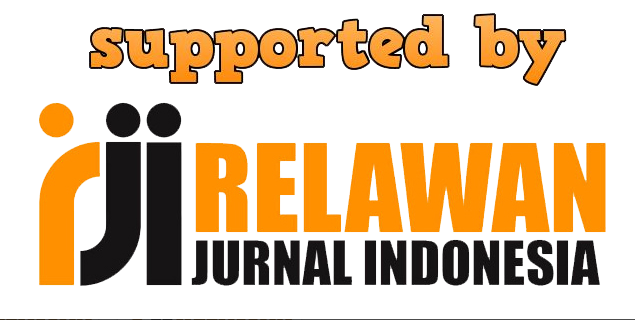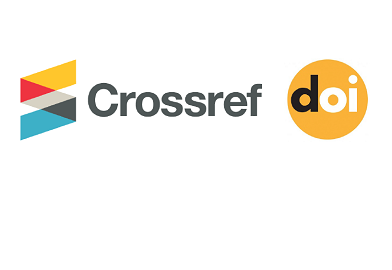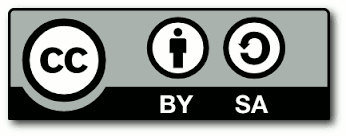Efektivitas E-Liquid Daun Bungkus (Smilax Rotundifolia) Terhadap Nyamuk Anopheles Penyebab Malaria
Abstract
Malaria is a public health problem that predominantly occurs in Eastern Indonesia. Papua is a highly endemic area for Anopheles mosquitoes. According to the Sustainable Development Goal (SDG), malaria is the target disease for pandemic elimination by 2030. The highest cases are in the eastern region of Indonesia with a percentage reaching 86%. Efforts have been made to prevent the transmission of malaria by the local government, such as the distribution of insecticide-treated mosquito nets and the proliferation of various types of mosquito repellent. Currently, the government itself is preventing the spread of malaria by distributing insecticide-treated mosquito nets and using mosquito repellent, but this has detrimental impacts. Insecticide-treated bed nets can decrease in effectiveness over time. Using mosquito coils can trigger respiratory problems and cause mucosal cells to enlarge (hypertropy) and mucous glands to increase in number (hyperplasia) resulting in narrowing of the airways. So there is a need for other alternatives, one of which is wrap leaves (Smilax rotundifolia) as a vegetable insecticide. Wrap leaves (Smilax rotundifolia) contain saponin which has stomach poisoning properties for insects. This research uses a true experimental design method to see the effectiveness of e-liquid leaf wrap. This research used 150 mosquitoes obtained from areas with high malaria cases in the Sorong area. Mosquitoes were divided into 3 groups consisting of a 30 minute time group, a 60 minute time group and a 90 minute time group. By giving the same treatment to each group, namely a concentration of 20% of the active substance of wrapper leaves (Smilax rotundifolia). The results of this study show that there is an effect of a 20% concentration of e-liquid in the leaves of the wrapper (Silax rotundifolia) on Anopheles mosquitoes, which is proven by mosquitoes that are knocked off and die.
Downloads
- Authors retain copyright and grant the journal right of first publication with the work simultaneously licensed under a Creative Commons Attribution License that allows others to share the work with an acknowledgement of the work's authorship and initial publication in this journal.
- Authors are able to enter into separate, additional contractual arrangements for the non-exclusive distribution of the journal's published version of the work (e.g., post it to an institutional repository or publish it in a book), with an acknowledgement of its initial publication in this journal.
- Authors are permitted and encouraged to post their work online (e.g., in institutional repositories or on their website) prior to and during the submission process, as it can lead to productive exchanges, as well as earlier and greater citation of published work (See The Effect of Open Access).











.png)






